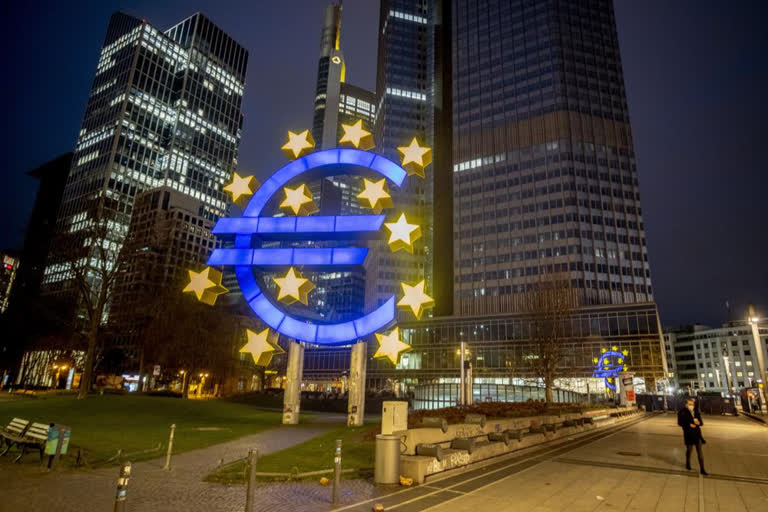Frankfurt (Germany): Annual inflation equaled a 10-year high in Europe in August, boosted by more expensive fuel and supply chain disruptions. Economists say the jump is temporary, but it could raise questions about how persistent higher inflation might turn out to be.
The 19 countries that use the euro currency saw inflation spike to an annual 3.0% in August, up from 2.2% in July, according to figures released Tuesday by European Union statistics agency Eurostat. Market analysts had expected 2.8%
The increase was so large in part because some prices were much lower a year ago due to one-time factors connected to the coronavirus pandemic. The last time inflation was this high was in November 2011.
Oil prices, following a price slump a year ago during the depths of the pandemic recession, contributed to a 15.4% rise in energy costs. With volatile fuel and food left out, core inflation was 1.6%. The latest figure also reflects other transitory factors, such as the timing of summer retail sales in France and Italy, and the expiration of German tax breaks on retail purchases.
Economists have cited a raft of additional reasons for recently higher prices in Europe. Some hotels and tourist businesses have marked up prices after the end of pandemic lockdowns, while supply chain disruptions and higher raw material prices have raised prices for producers of goods as economic activity has picked up.
The inflation question has been getting global attention, especially after annual U.S. consumer inflation reached 5.4% in July. The International Monetary Fund says it sees inflation returning to pre-pandemic levels in most countries next year, but adds that there’s high uncertainty about that. It cautioned that central banks may need to take action if price increases prove to be more persistent than expected.
